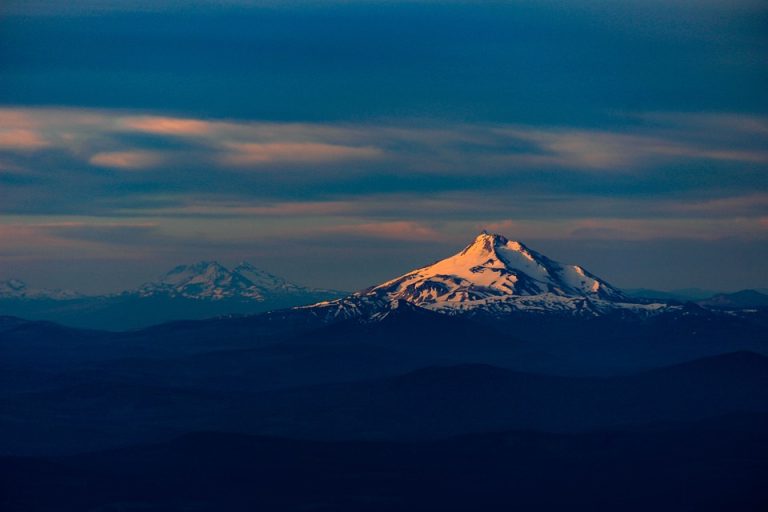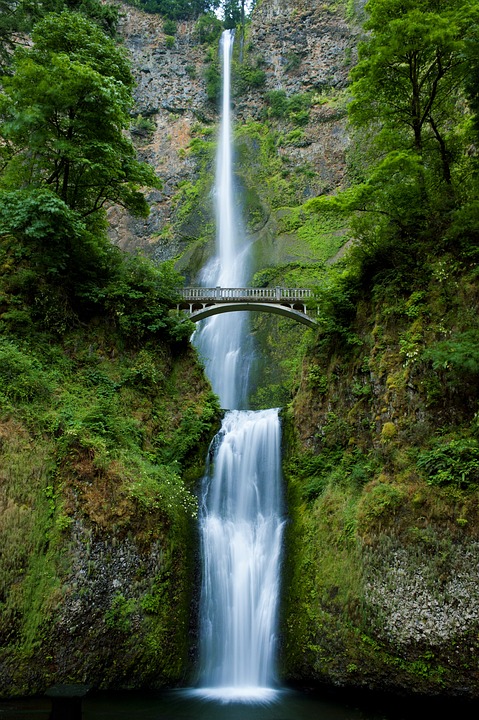
From Revolution to insurgency: A Historical Perspective and the Current Crisis in Sudan
Introduction
In the annals of history, the world has witnessed numerous instances of insurgency and revolution, each with its own unique characteristics and outcomes. These movements, driven by a myriad of factors, have left indelible marks on societies and nations. This article delves into the distinction between insurgencies and revolutions and explores the five major insurgencies from modern history. Additionally, it examines the ongoing conflict in Sudan, where the Rapid Support Forces (RFS) insurgency has captured international attention.
Insurgency vs. Revolution
Insurgency refers to armed rebellion or uprising against a constituted authority, typically carried out by a non-state group or factions within a state. It involves military operations aimed at destabilizing the existing power structure. On the other hand, revolution signifies a more profound societal transformation, often driven by popular support and aiming for systemic change.
Historical largest Insurgencies
-
FARC insurgency in Colombia (1964-2017)
The Revolutionary Armed Forces of Colombia (FARC) insurgency spanned over five decades and had an estimated peak strength of around 20,000 fighters. Through a combination of military operations and peace negotiations, the insurgency was significantly weakened and ultimately defeated.\
-
Tamil Tigers in Sri Lanka (1976-2009)
The Liberation Tigers of Tamil Eelam (LTTE) waged a brutal insurgency in Sri Lanka, seeking an independent Tamil state. With an estimated strength of around 10,000 fighters, the LTTE was defeated by government forces after a protracted conflict.
-
Shining Path in Peru (1980-1992)
The Shining Path, a Maoist guerrilla group, sought to establish a communist regime in Peru. At its peak, the insurgency had around 10,000 fighters. However, a combination of military operations, internal divisions, and leadership capture led to its decline and defeat.
-
Sendero Luminoso in Peru (1980-1999)
Another insurgency in Peru, Sendero Luminoso (Shining Path), also aimed to overthrow the Peruvian government. With several thousand fighters, the group faced military operations that significantly weakened its influence, leading to its ultimate defeat.
-
Fuerzas Armadas Revolucionarias de Colombia (FARC) dissidents in Colombia (2017-present)
Following the demobilization of the main FARC insurgency, a faction of former members rejected the peace agreement and continued armed activities. Their current strength is smaller than the original insurgency.
Current Crisis in Sudan
The recent crisis in Sudan involving the Rapid Support Forces (RFS) insurgency has garnered international attention. Allegedly supported by external actors, this insurgency aims to seize power through a coup and has targeted the Sudanese army forces (SFA) and the sovereign council Chairman, Abd alfatah Alburhan.
Unlike previous insurgencies, the RFS insurgency unfolded in the heart of Sudan’s capital, Khartoum, and swiftly gained control over key governmental buildings, including the presidential palace. With an estimated involvement of 80,000 to 120,000 soldiers, it represents the largest insurgencies in history.
However, the Sudanese Armed Forces (SAF) have steadily countered the RFS insurgency, reclaiming lost territory and weakening their hold. The timely response and potential defeat of the RFS by the SAF is a remarkable achievement, setting a new record for the swift suppression of an insurgency.
Amid the ongoing conflict, allegations have surfaced regarding external support to the RFS insurgency, purportedly originating from Arab Gulf country. However, the veracity of these claims is yet to be confirmed.
Conclusion
Insurgencies and revolutions have shaped the course of history, leaving profound impacts on societies and with an estimated involvement of 80,000 to 120,000 soldiers, the ongoing insurgency by the Rapid Support Forces (RSF) against Sudanese Army Forces (SAF) in Sudan has become the largest in history. This conflict, which erupted in the heart of the capital city of Khartoum, marks a significant turning point in the country’s history. The RSF, aiming to seize power through a coup, launched a brazen attack on the Chairman of the Sovereign Council, Abd Al-Fatah Al-Burhan.
According to @Patrickheinisc1, during the Abyei negotiations from April 6 to April 13, Hemedti, the leader of RSF, informed South Sudan’s presidential advisor Gatluak that he would initiate a war against the Sudanese army on April 15. This warning was relayed to Gatluak’s relatives in Khartoum, prompting them to leave the city immediately. The events that followed unfolded rapidly, with the RSF gaining control over key governmental buildings.
However, after 35 days of intense fighting, it appears that the RSF’s grip on power is weakening, and the Sudanese Armed Forces (SAF) are regaining control. This marks a remarkable comeback for a national army, particularly in a developing nation. Notably, the speed with which the SAF has countered the RSF insurgency is unprecedented when compared to historical records of major insurgencies.
The RSF Insurgency in Khartoum represents a unique chapter in Sudan’s history. The sheer scale of the conflict, coupled with its location in the capital city, has challenged the nation’s security forces. While the RSF initially made significant gains, their hold on key installations has gradually diminished. The SAF’s persistence, determination, and ability to retake strategic positions demonstrate the strength and resilience of the national armed forces.
As the conflict continues to unfold, the outcome of this insurgency will shape Sudan’s future. The successful containment and ultimate defeat of the RSF insurgency by the SAF will serve as a testament to the nation’s resilience and the commitment of its armed forces to maintain stability and uphold the rule of law.


